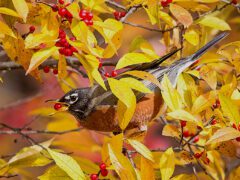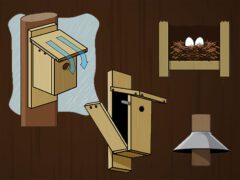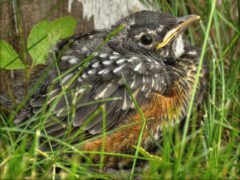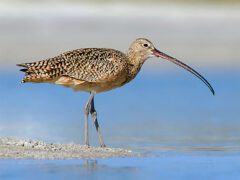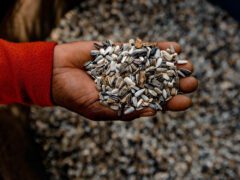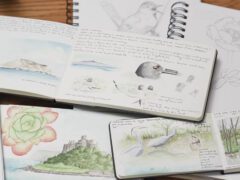Pine Siskin Similar Species Comparison
Main SpeciesPine Siskin
Adult (Northern)
Small finch with a sharp, pointed bill and a short, notched tail. Adults are brown and streaky overall with subtle yellow edgings on the wings and tail.
© Jonathan Irons / Macaulay LibraryMaryland, November 25, 2018Adult (Northern)
Small, streaky finch with a sharply pointed bill and notched tail.
© Ryan Sanderson / Macaulay LibraryIndiana, October 16, 2020Adult (Northern)
Small, heavily streaked finch with yellow tones in the wings and tail. Note the sharply pointed bill that is thinner than in other finches.
© Jay McGowan / Macaulay LibraryNew York, December 11, 2015Adult (green morph)
The rarely encountered "green morph" has more intense yellow and green plumage tones and often reduced streaking below.
© Matthew Pendleton / Macaulay LibraryUtah, April 04, 2017Adult male (Chiapas)
Adult male resident in the highlands of s. Chiapas and w. Guatemala have a black cap, gray lightly streaked underparts and brighter yellow edging in the wings and tail.
© Andrew Spencer / Macaulay LibraryChiapas, April 02, 2015Juvenile (Northern)
Juveniles look similar to adults, but have buffy edging on their wing feathers.
© Charlotte Byers / Macaulay LibraryWashington, June 10, 2012Adult (Northern)
Brown and streaky finch with a sharply pointed bill. Cannot be reliably sexed based on the amount of yellow in the wings.
© David M. Bell / Macaulay LibraryBritish Columbia, January 03, 2021Adult (Northern)
Found in evergreen or mixed forests with open canopies, weedy fields, scrubby thickets, or backyards and gardens.
© Sequoia Wrens / Macaulay LibraryNew York, November 08, 2016Similar SpeciesHouse Finch
Female/immature
Female/immature House Finches are heftier than Pine Siskins, with a much thicker bill and a longer tail. House Finches lack yellow in the wings and tail seen on Pine Siskins.
© Dave Spier / Macaulay LibraryNew York, January 15, 2008Similar SpeciesAmerican Goldfinch
Nonbreeding male
American Goldfinches are slightly larger than Pine Siskins. Although they can show yellowish tones in winter, they never have the bold streaking on the breast and back that is a hallmark of the Pine Siskin.
© Matt Davis / Macaulay LibraryCalifornia, November 08, 2016Similar SpeciesCommon Redpoll
Female/immature
Common Redpolls have a shorter bill than Pine Siskins and they don't have yellow in the wings or tail.
© Ryan Schain / Macaulay LibraryMassachusetts, December 23, 2012Species in This Family
Finches, Euphonias, and Allies(Order: Passeriformes, Family: Fringillidae)
More to Read
Don't miss a thing! Join our email list
The Cornell Lab will send you updates about birds,
birding, and opportunities to help bird conservation.



















